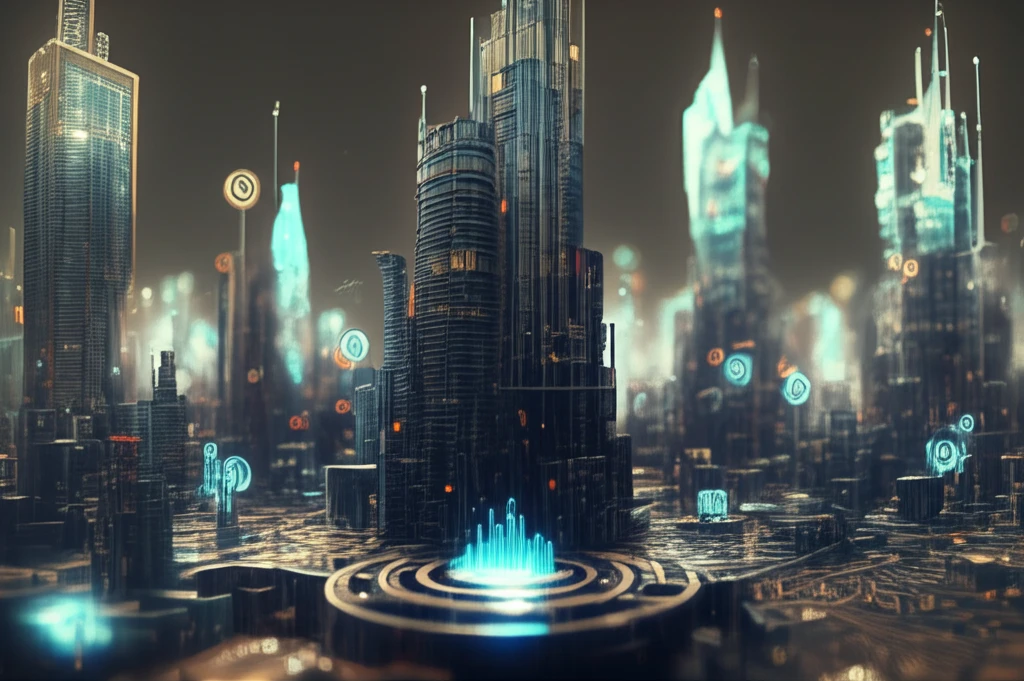
DAOs: Are They the Future of Community Ownership or Just a Passing Trend?
"Exploring the Rise of Decentralized Autonomous Organizations and Their Potential to Revolutionize Digital Governance"
In an era where calls for stronger user rights in the digital economy are growing louder, a fascinating phenomenon is emerging: the Decentralized Autonomous Organization, or DAO. Regulators, academics, and civil society are advocating for digital platforms, products, and protocols that grant users ownership and governance rights.
While the concept of transferring such rights to communities—an 'exit to community'—remains largely theoretical, it has gained considerable traction in the blockchain industry, fueled by the rise of DAOs. These organizations promise a radical shift from centralized control to community-led governance.
This article delves into the question: What exactly is driving this surge in DAOs, particularly as a means for companies in the blockchain space to transition governance to their communities? By examining the motivations, challenges, and broader implications of this trend, we aim to uncover whether DAOs are truly the future of digital ownership or simply a transient phase.
What Exactly is a DAO and Why Are They Gaining Popularity?

At its core, a DAO empowers online communities to self-govern through blockchain-based smart contracts. These contracts, essentially lines of code stored on a blockchain, automatically execute predefined functions. In many DAOs, smart contracts issue tokens that grant holders the ability to influence the organization's operations.
- Architectural Level: Focuses on the system's infrastructure and resilience.
- Political Level: Addresses who controls the computers and infrastructure.
- Logical Level: Concerns the data structures the system presents and how information is organized.
Are DAOs Here to Stay? Key Takeaways and Future Research
This article highlights that the decision to exit to a DAO is driven by both financial and stewardship goals, achieved simultaneously through token issuance. DAOs offer an additional layer of ownership without requiring existing rights to be relinquished, making it an appealing strategy. Furthermore, broader market forces, legal considerations, and social norms around decentralization significantly influence the decision to transition to a DAO. Future research should further explore DAOs as an entrepreneurial exit strategy, identifying the specific drivers that underpin this burgeoning phenomenon.
